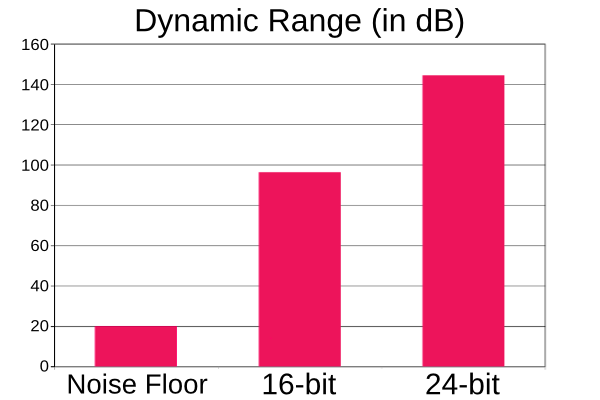Updated: Tue, 2014-08-19 10:31
Modular set ups are where more than one program is used in a set up. JACK allows you to connect and sync various audio programs together so you can benefit from the strengths of individual applications. Session management can be used to manage and recall such complex set ups. A good suite of modular applications is the Non suite, which includes Non timeline, Non mixer and Non sequencer, although any JACK application can be incorporated into a modular set up.
Updated: Tue, 2014-08-19 07:25
Monolithic set ups are where you do all your work in one program. This is the most common approach people using Windows and Mac audio software will be used to. In Linux, JACK allows for very modular set ups, although some applications are fully featured and can also be used as monolithic set ups, eg. Ardour and Qtractor.
Updated: Tue, 2014-08-19 09:41
Parallel compression is a form of upward compression. It can add punch and energy, without sounding overly squashed. It does this while retaining some of the dynamics of the original signal. This is achieved by mixing a heavy compressed version of the track in with the original, uncompressed version. This is done by using a compressor as a send effect, instead of an insert.
Updated: Tue, 2014-08-19 10:24
Bit depth relates to how many bits of information there are per sample. In laymans terms this equates to how many levels of loudness a digital waveform can have. 16 bit has 65,536 possible levels of loudness while 24bit has 16,777,216 possible levels. 24bit is often used in recording as it has a much larger dynamic range/lower noise floor. This is not an issue for playback systems though, so 16 bit is perfectly acceptable there, eg. CD quality uses 16bit.

Updated: Wed, 2014-08-13 15:34
Sample rate refers to how many samples per second are in an audio signal or file. CD quality uses a sample rate of 44.1kHz, or 44,100 samples per second. Audio interfaces use different sample rates but common ones are 44.1kHz, 48kHz and 96kHz.
Pages